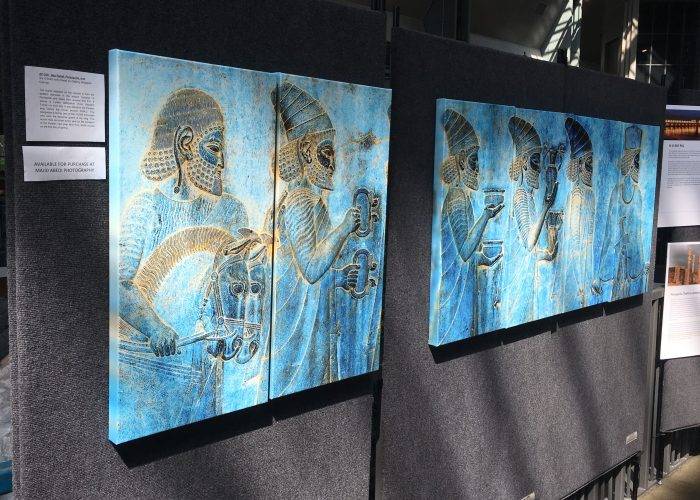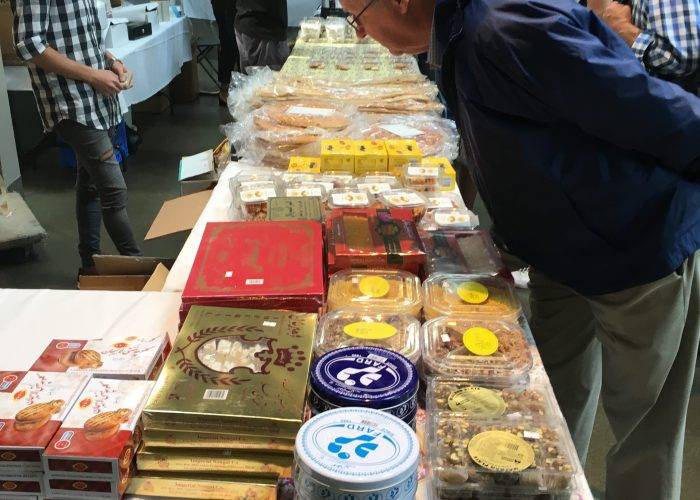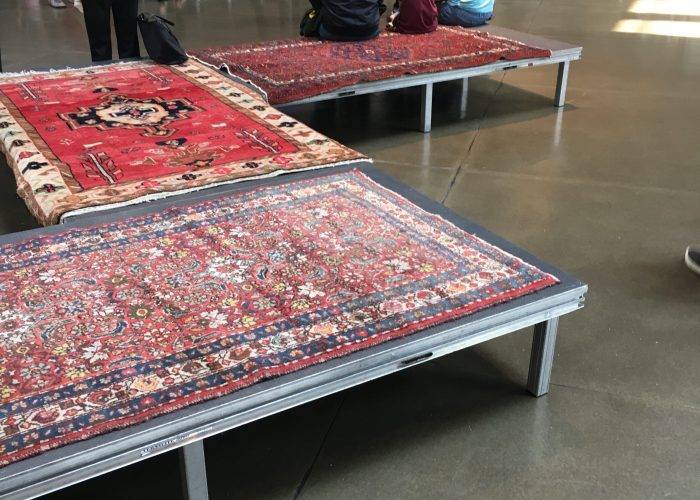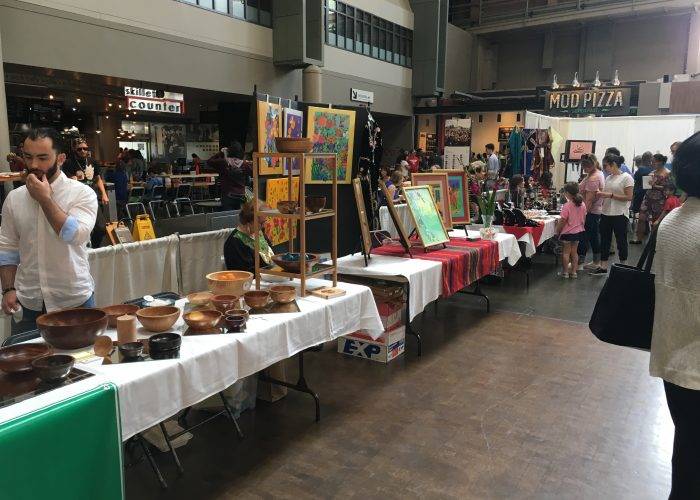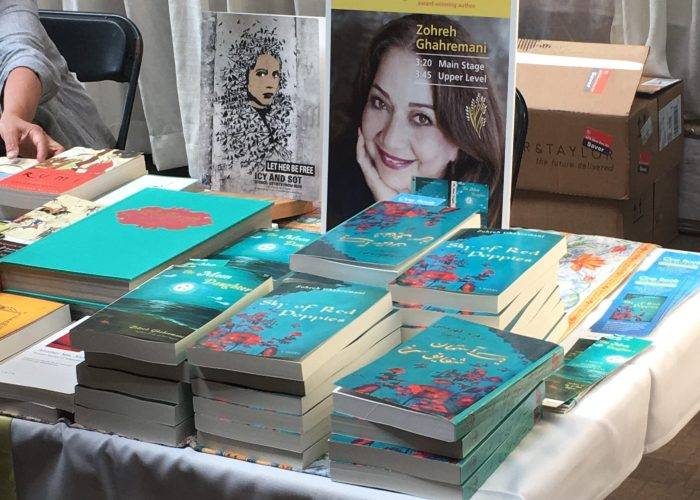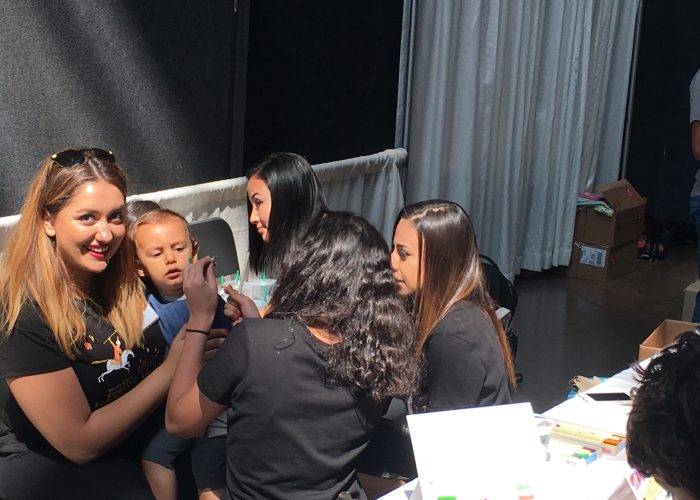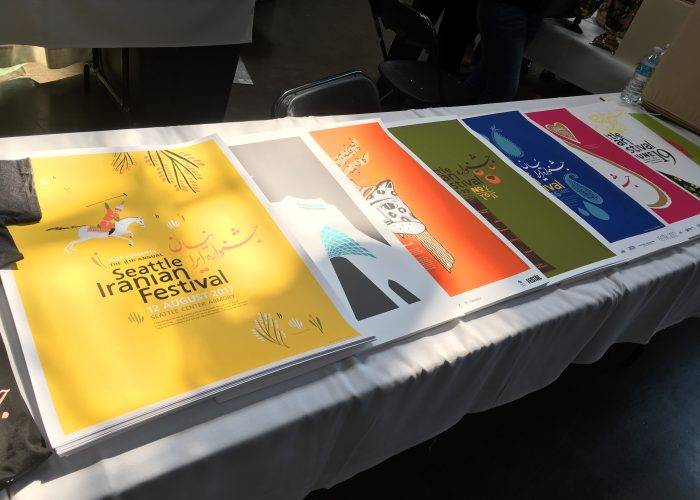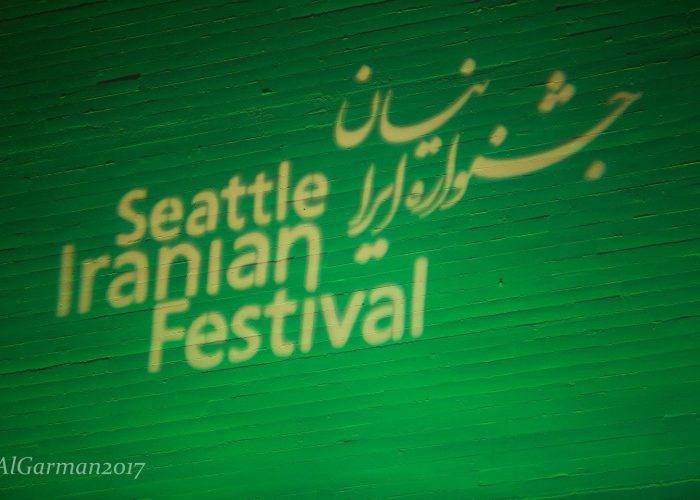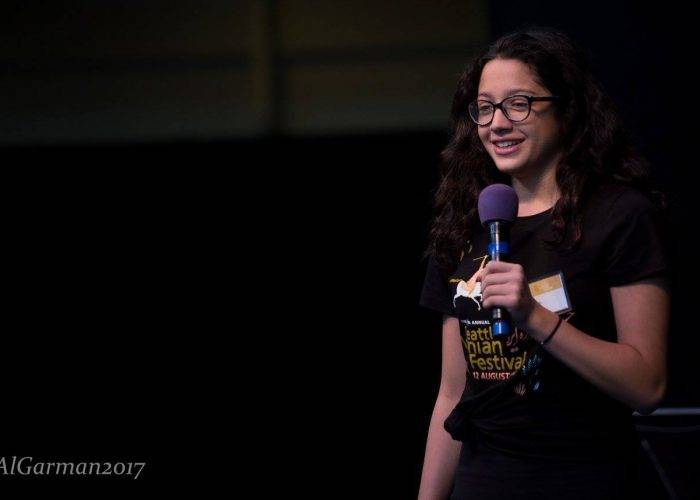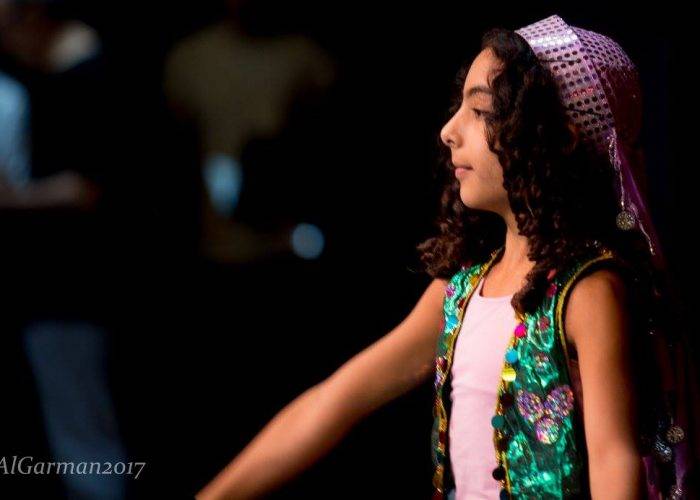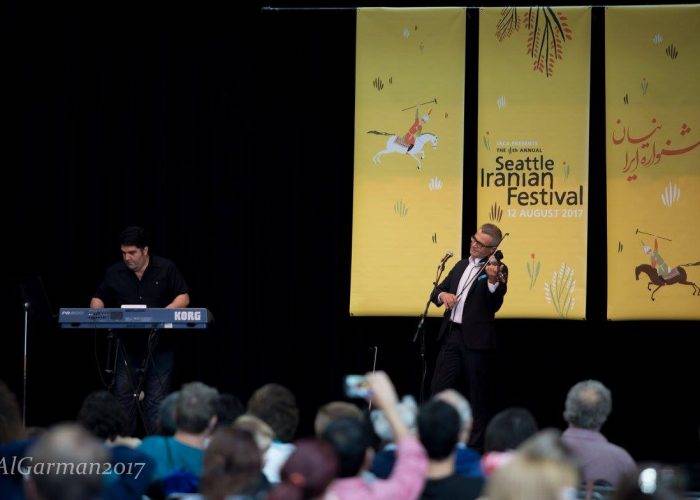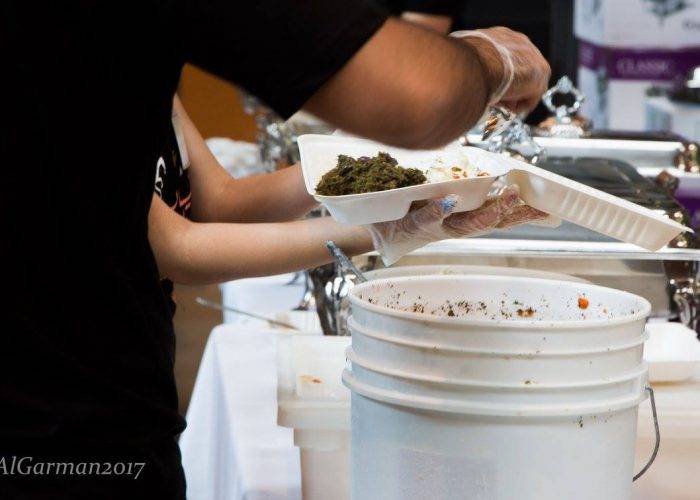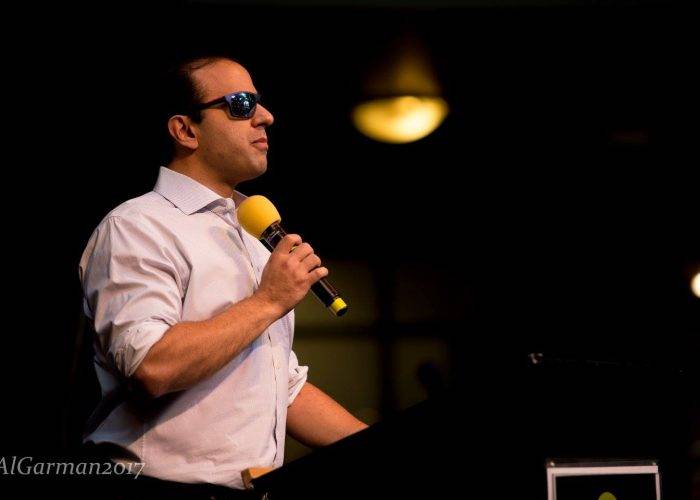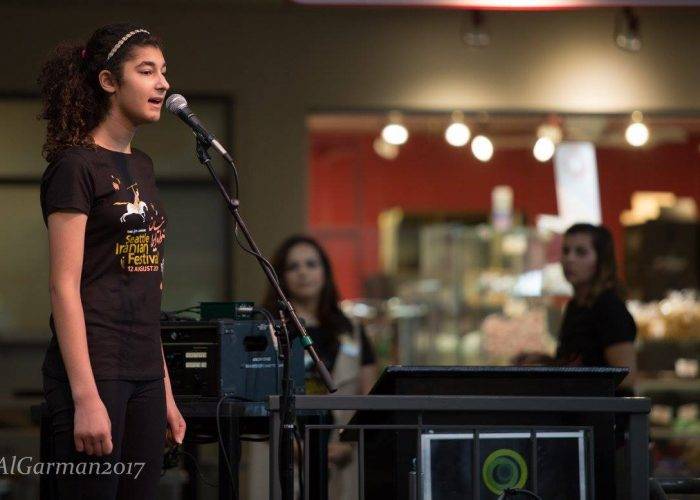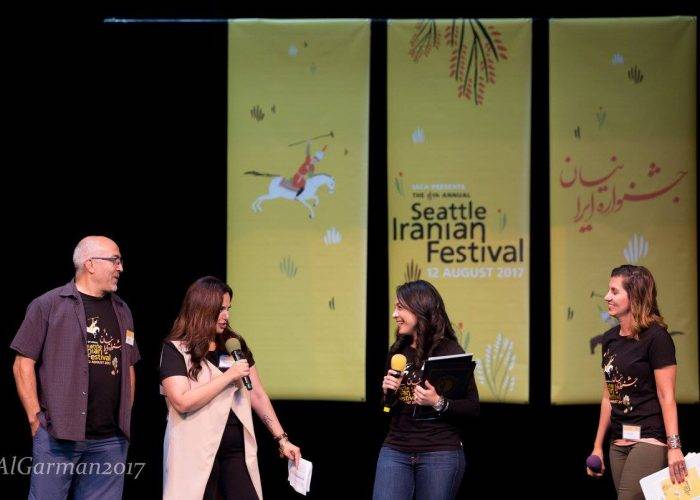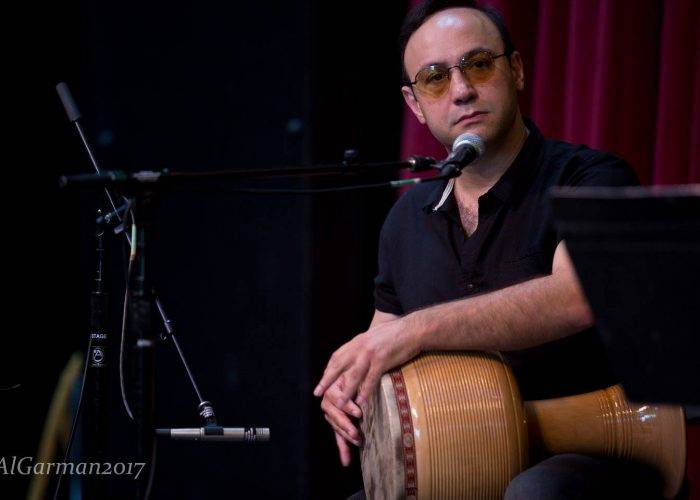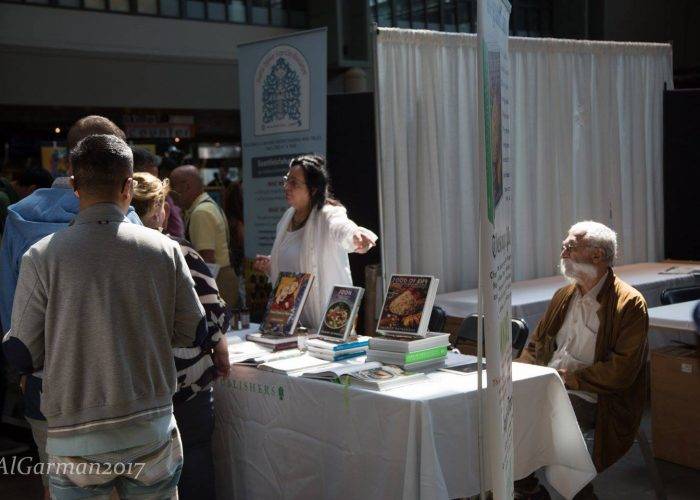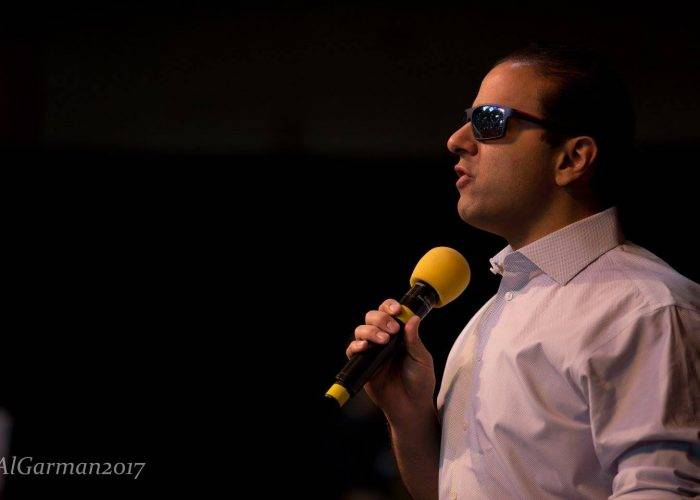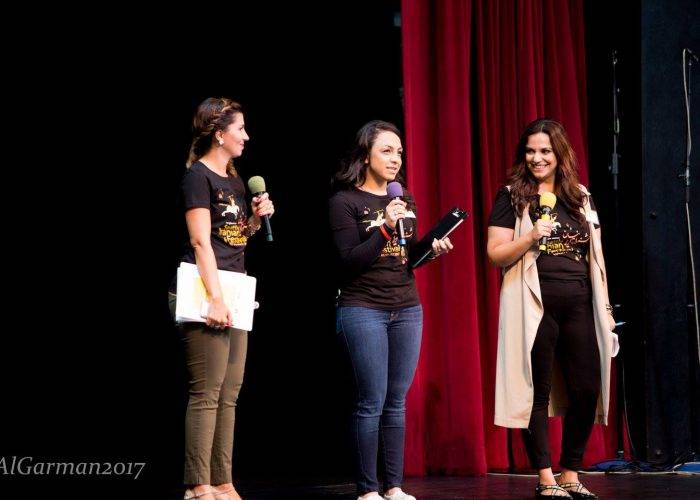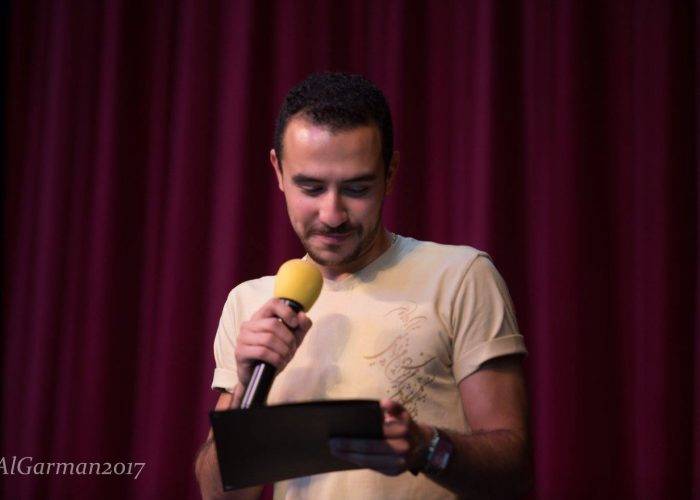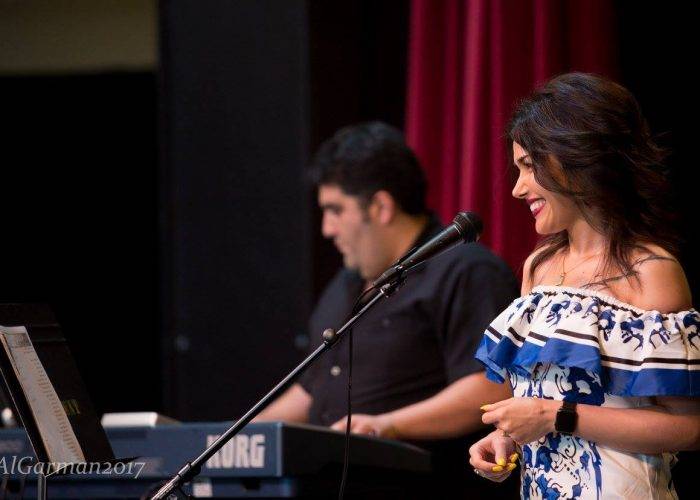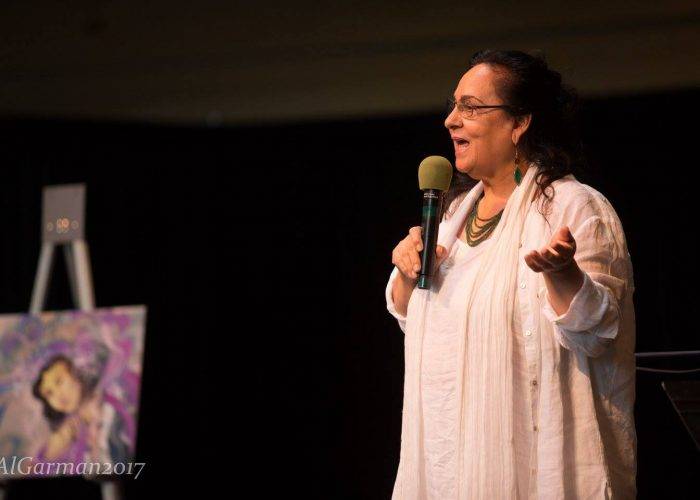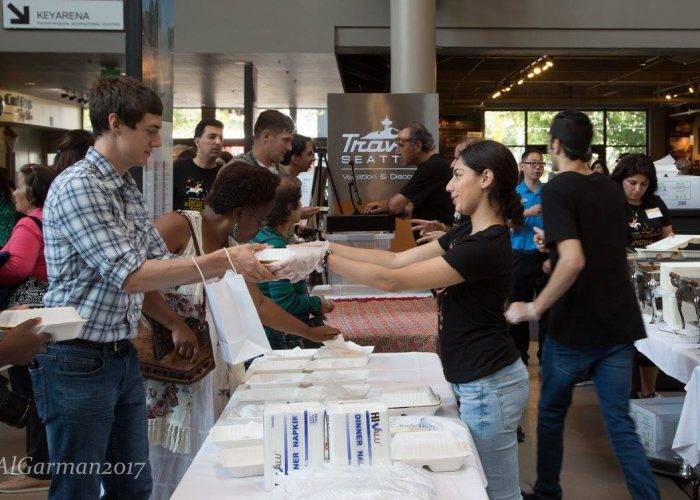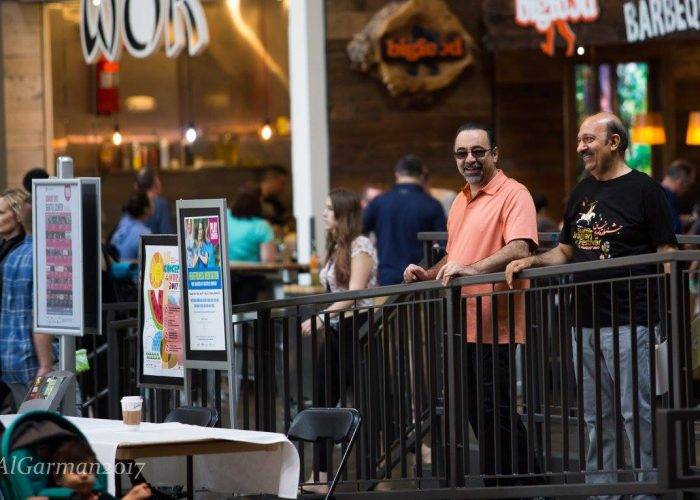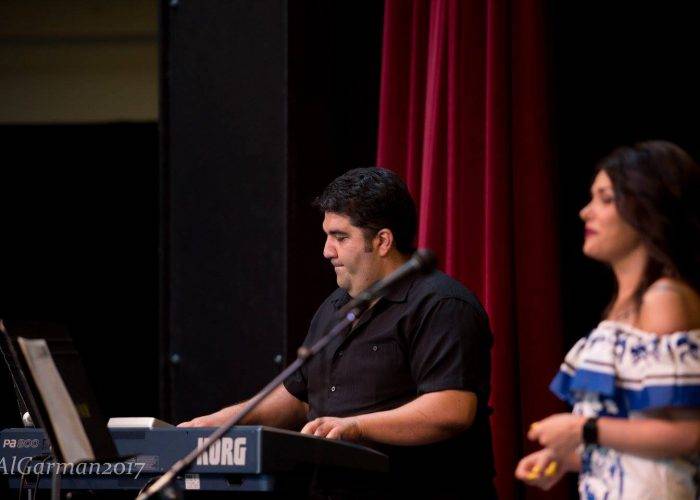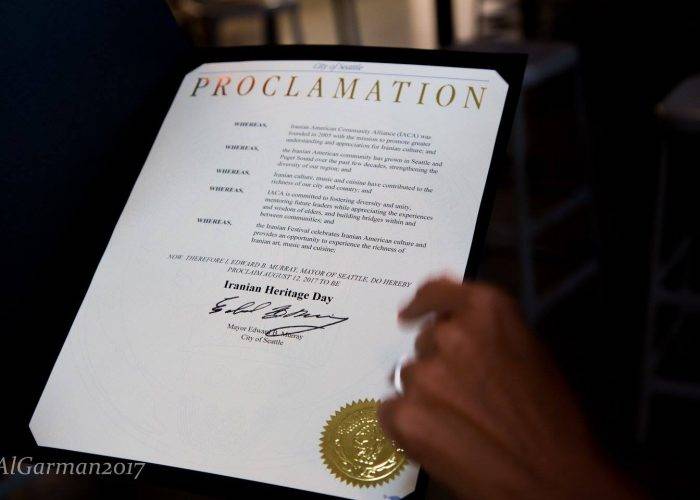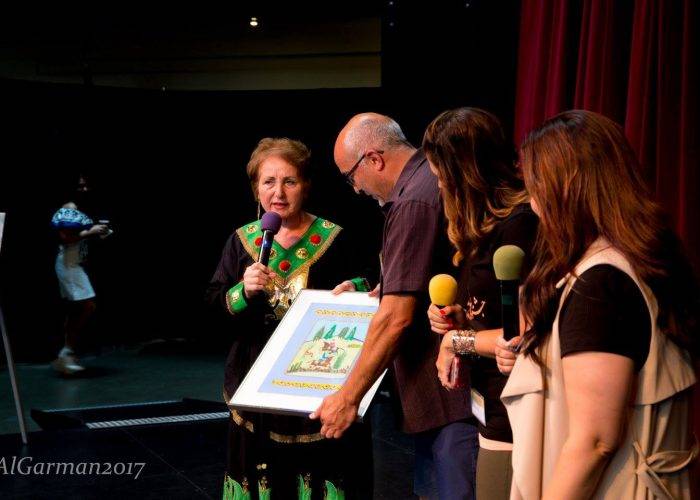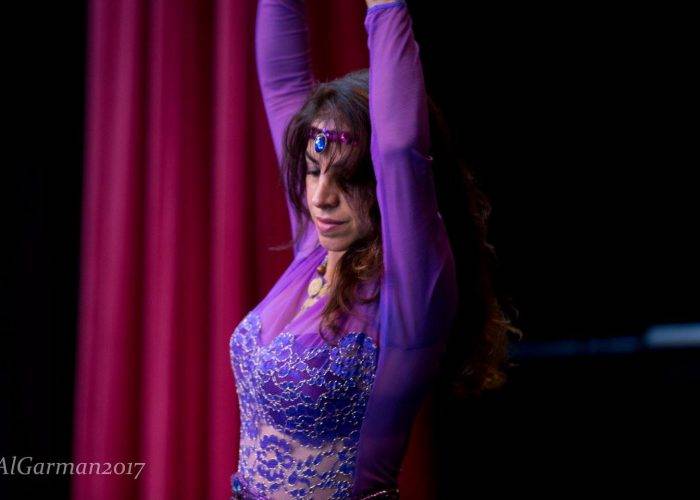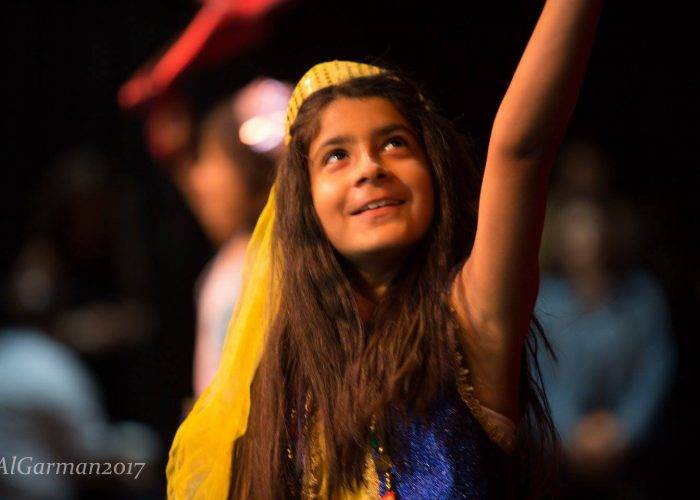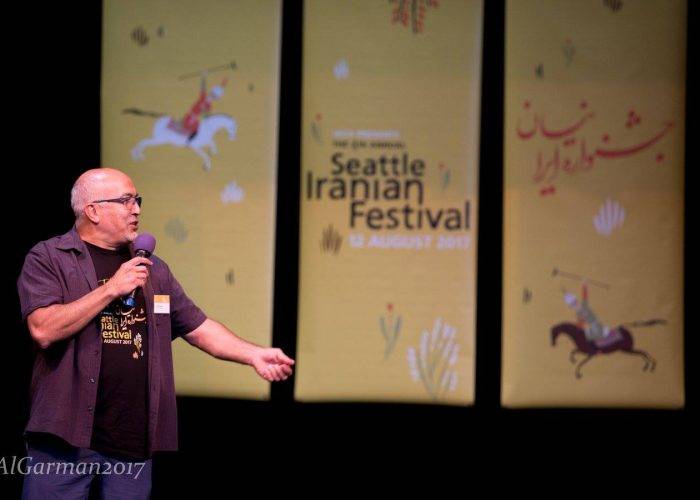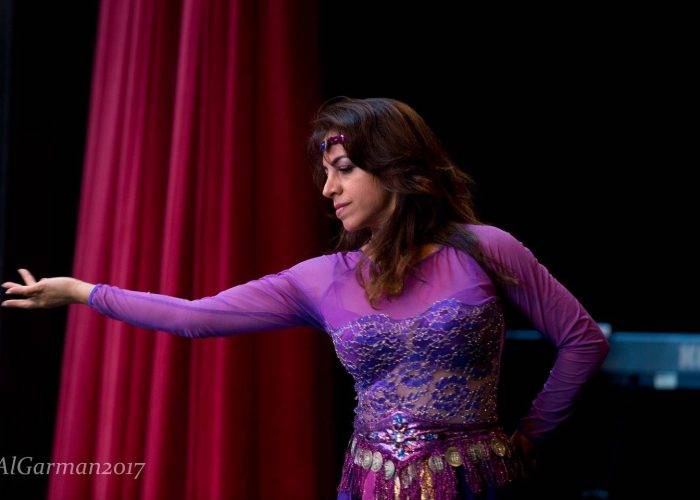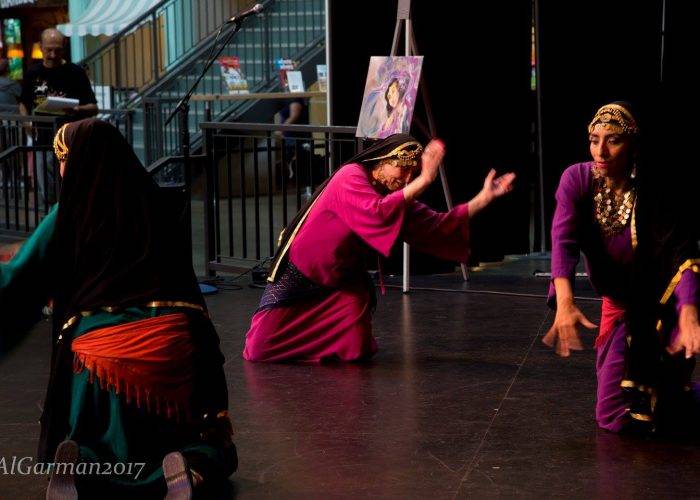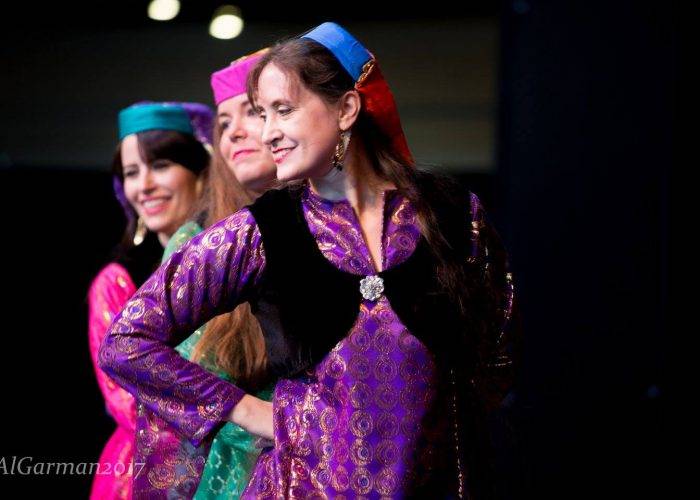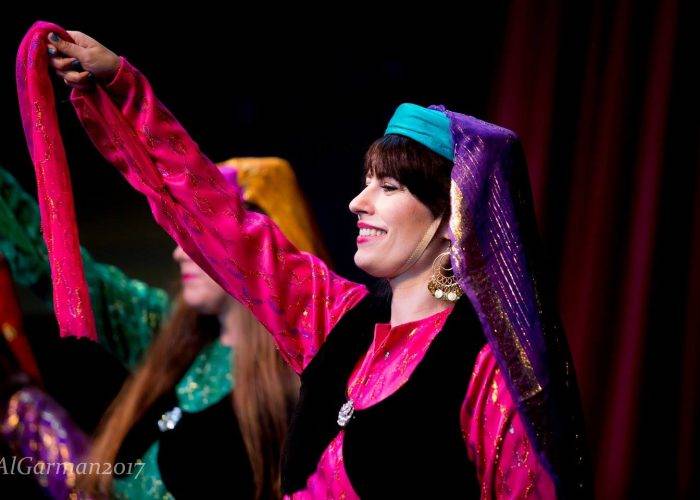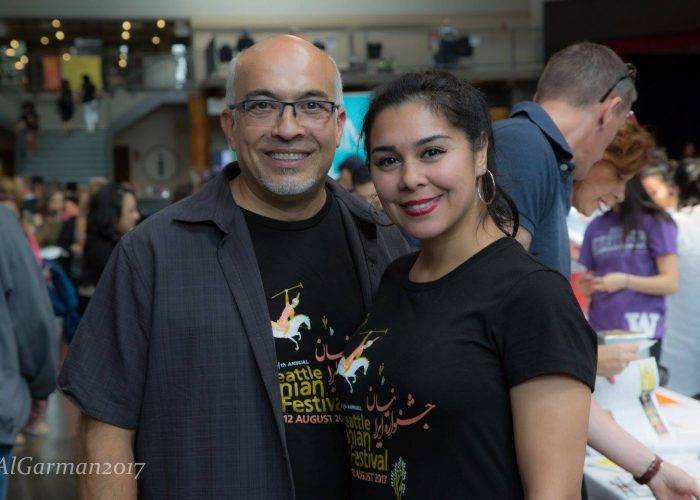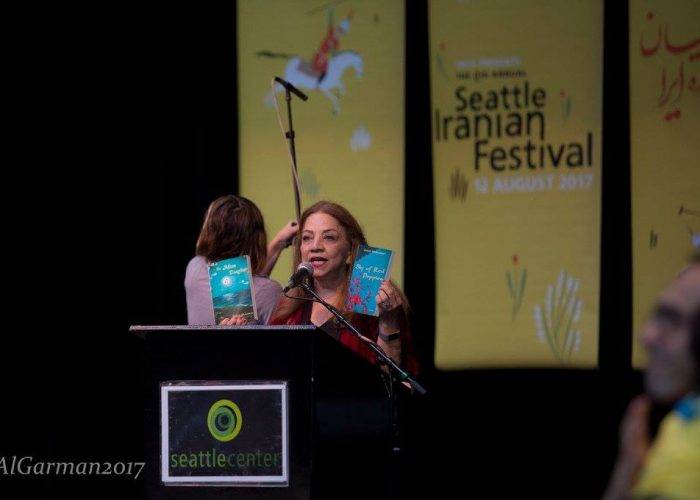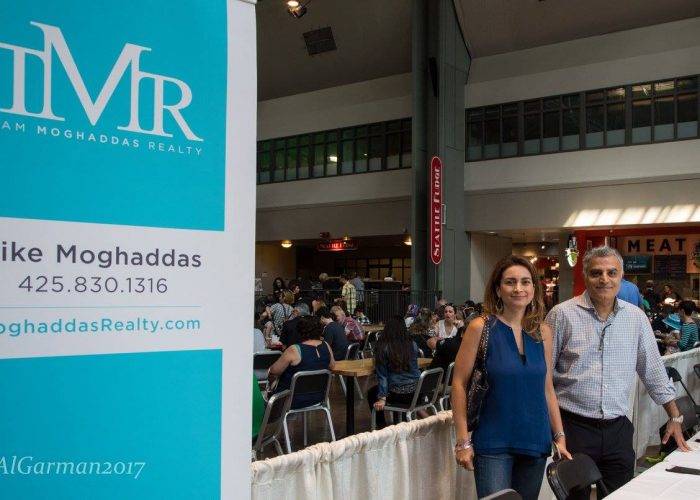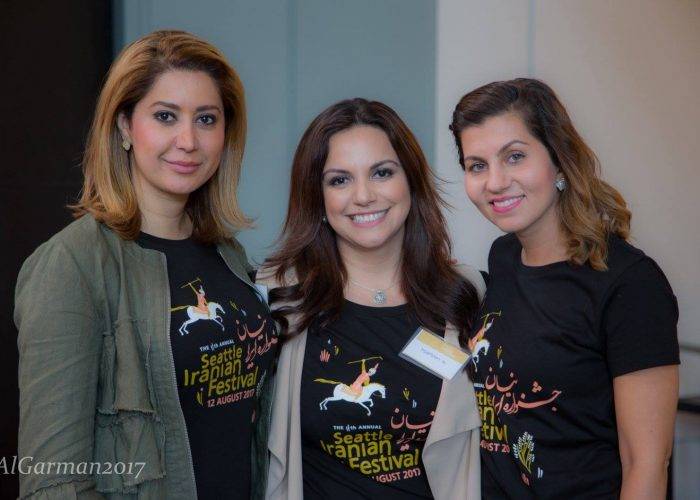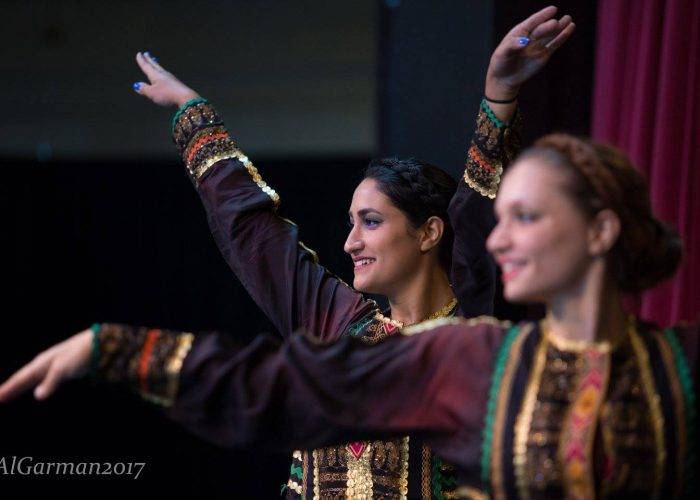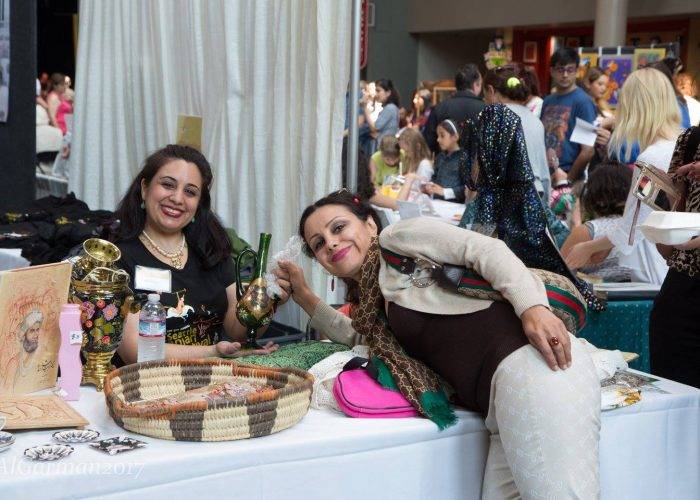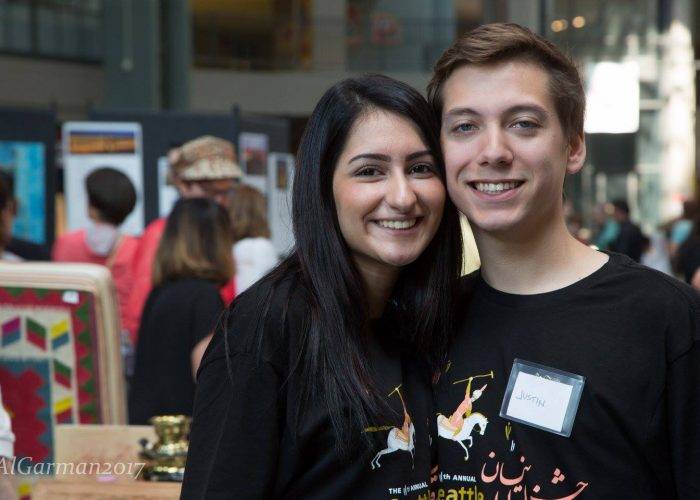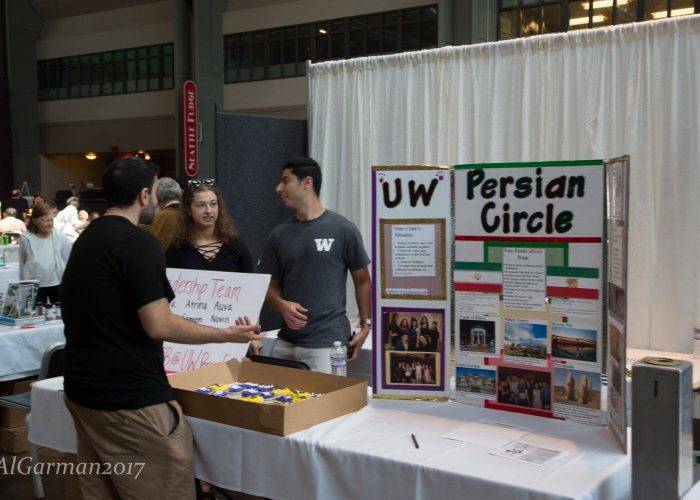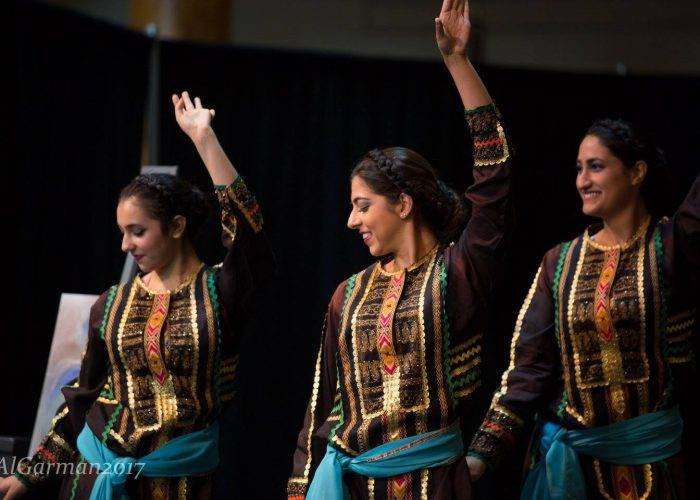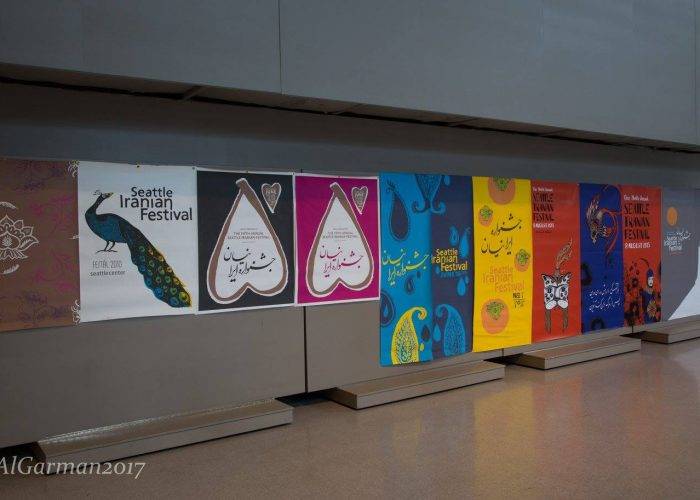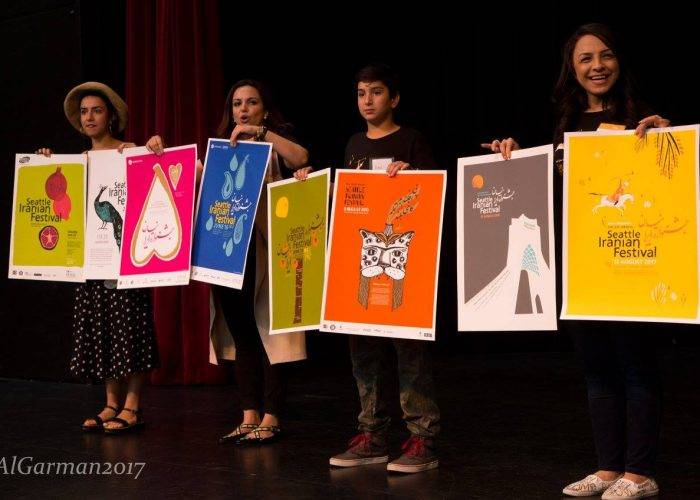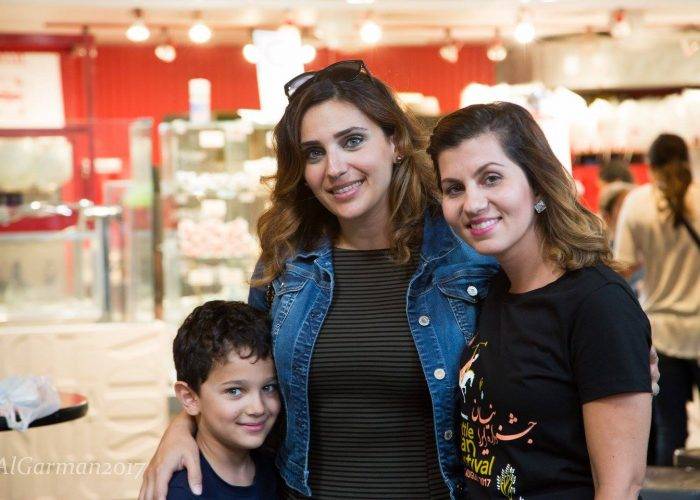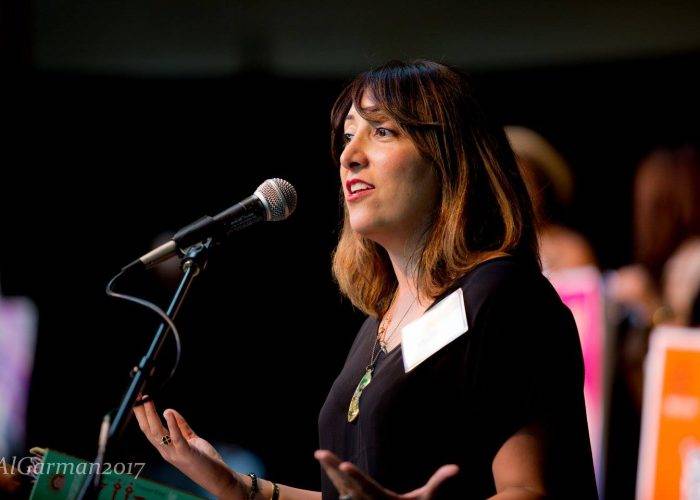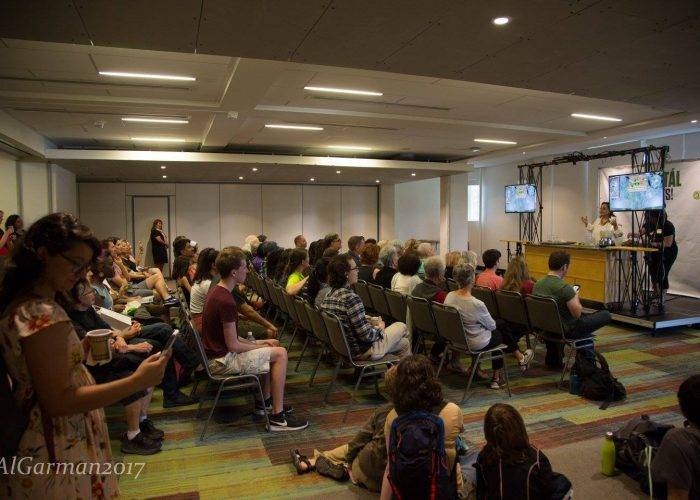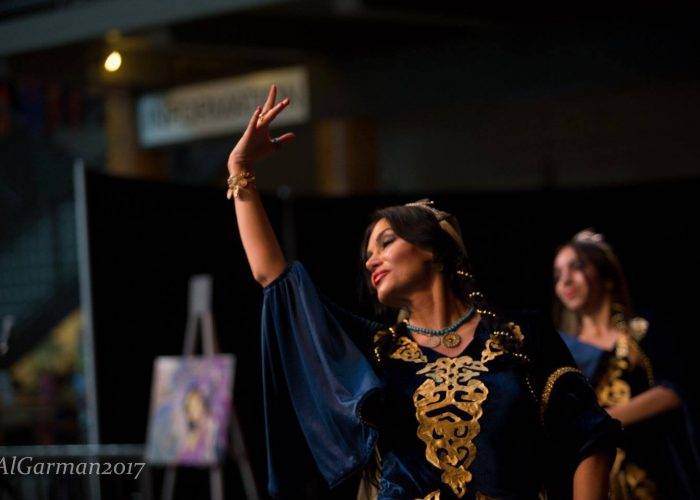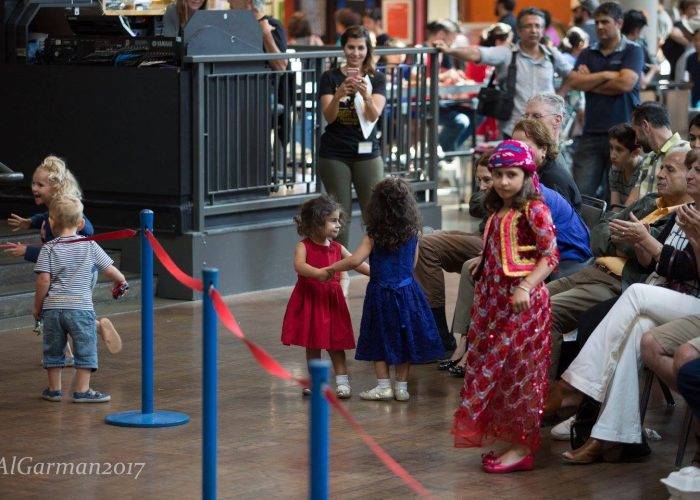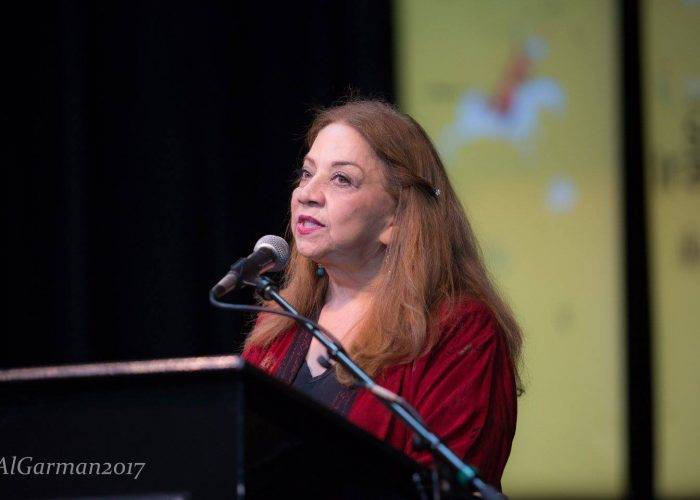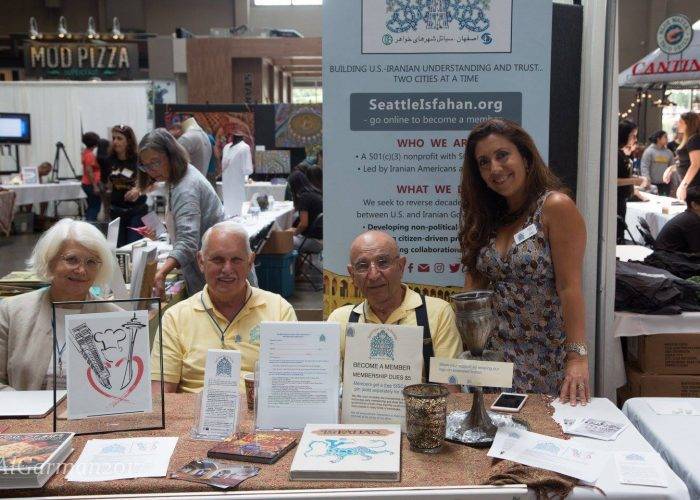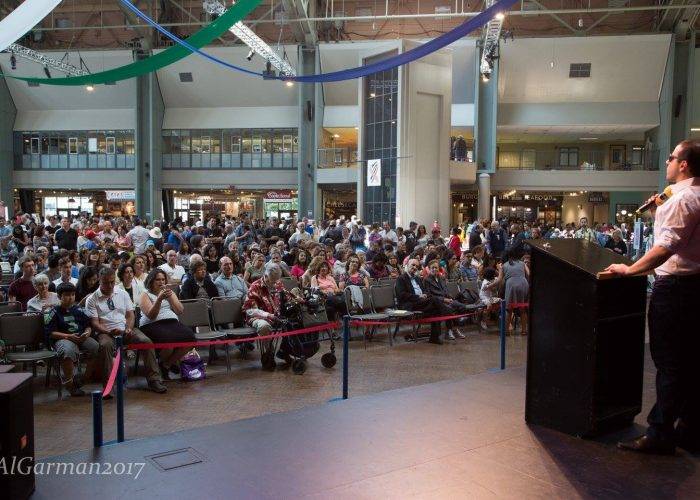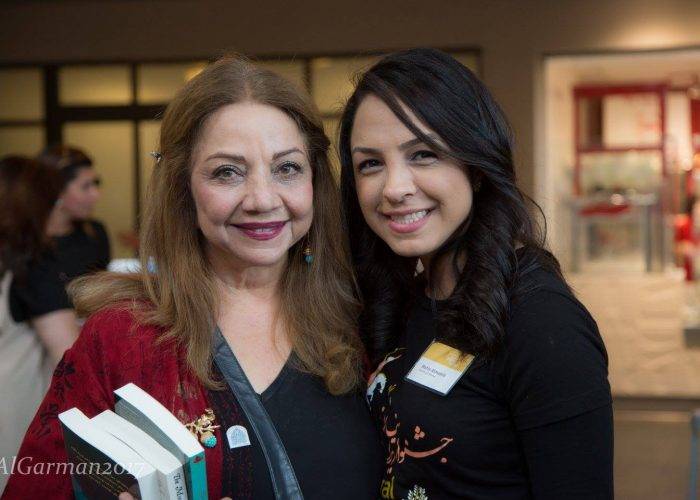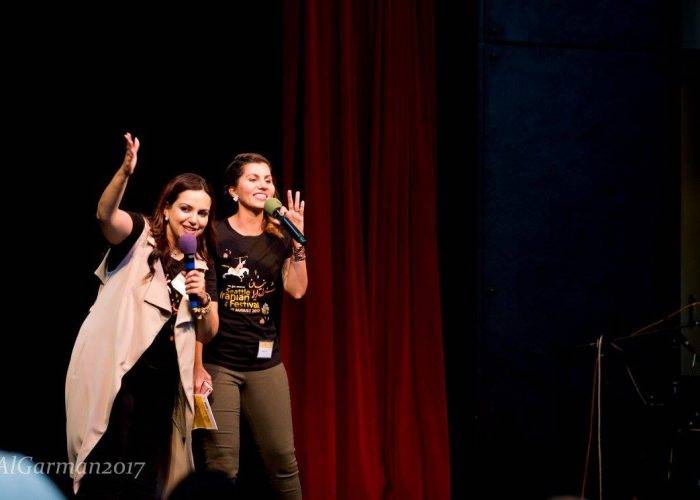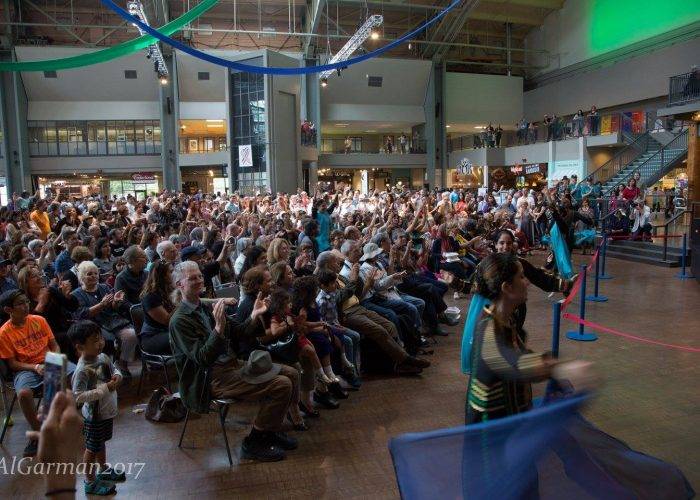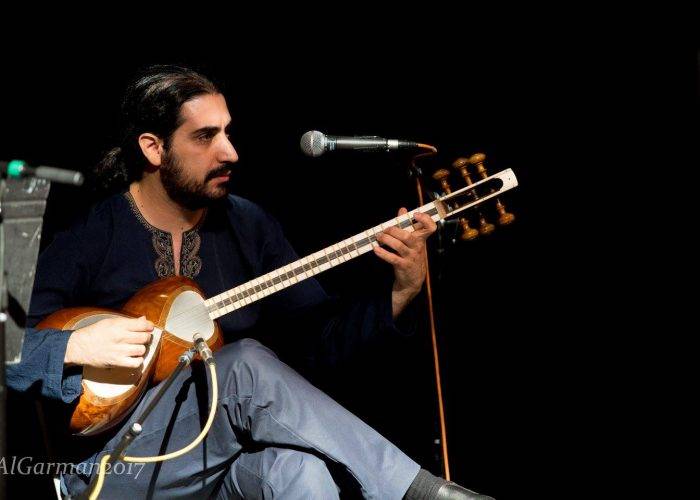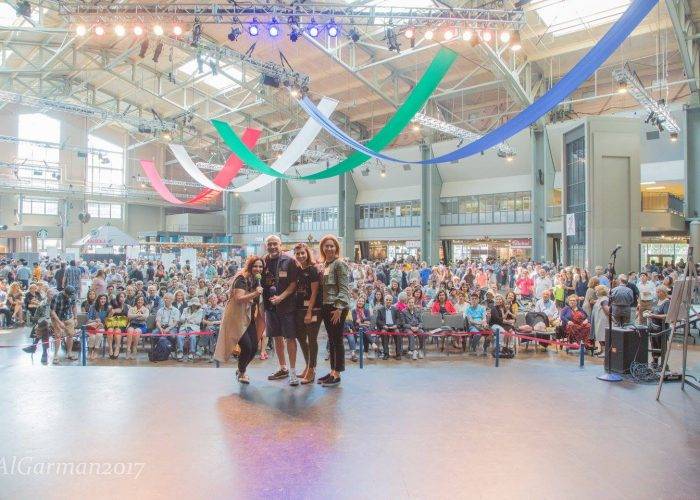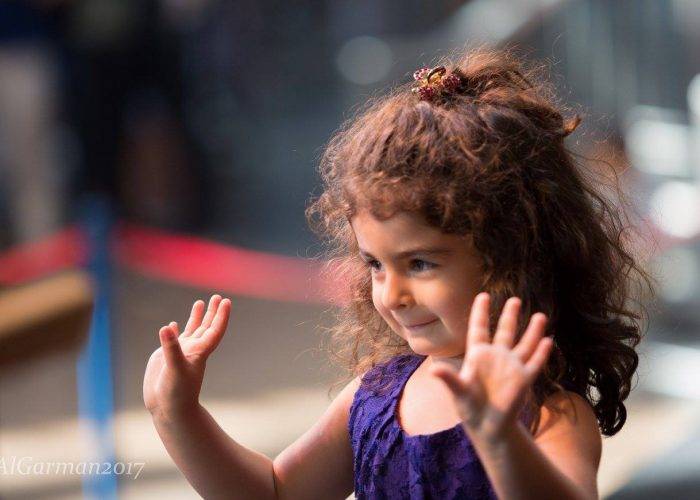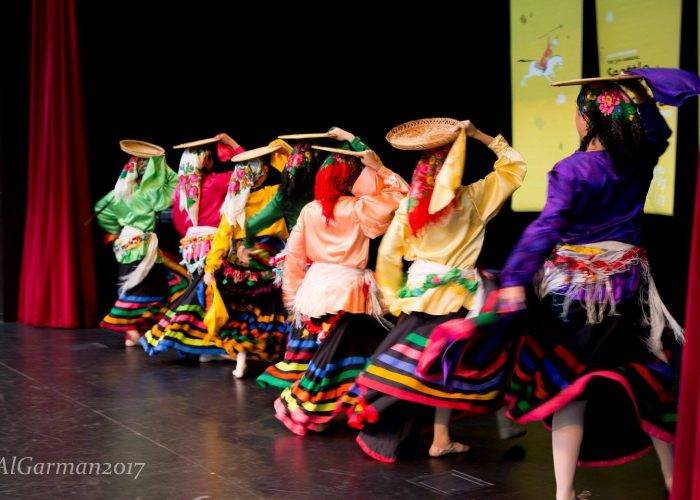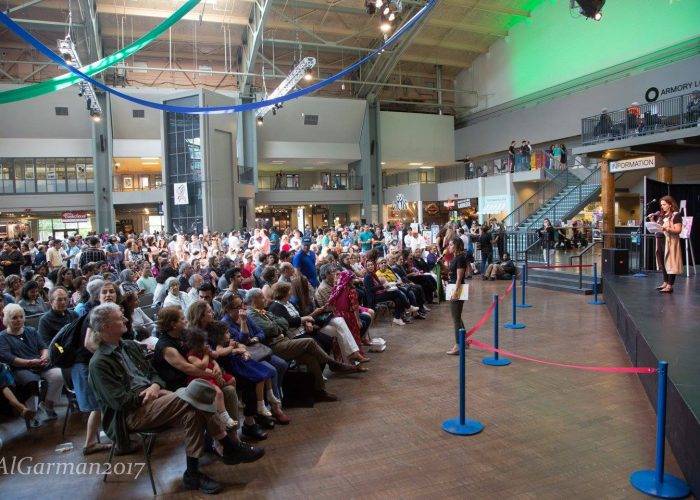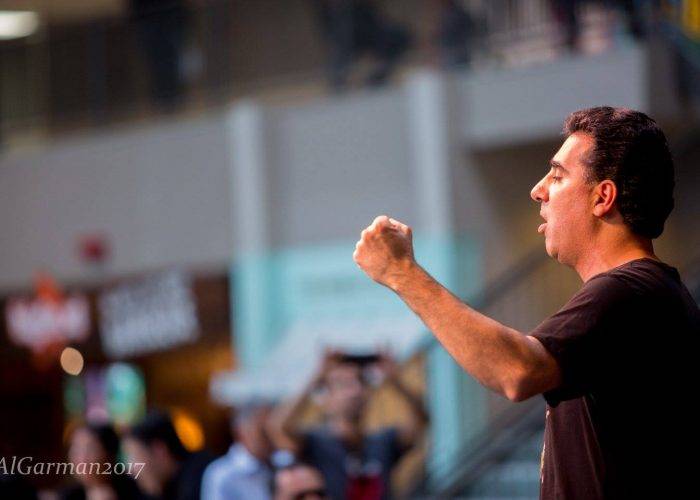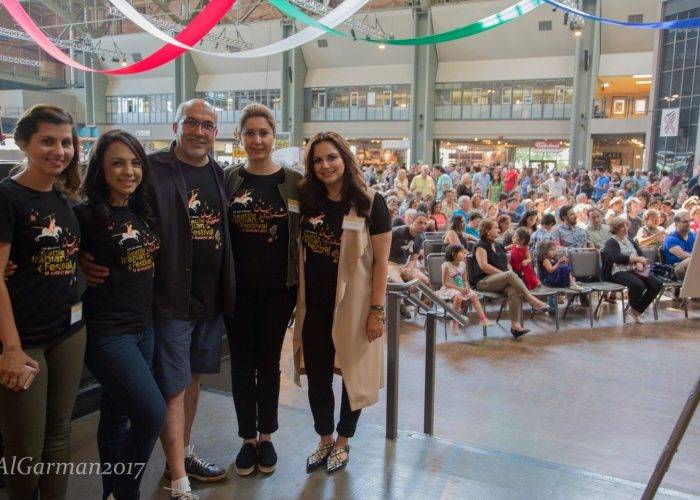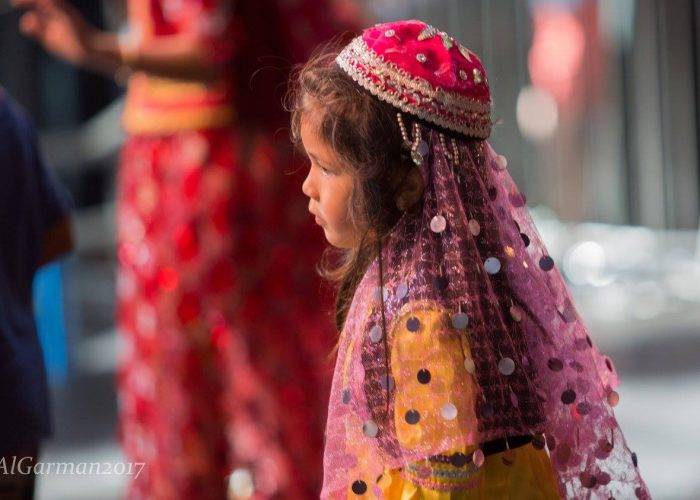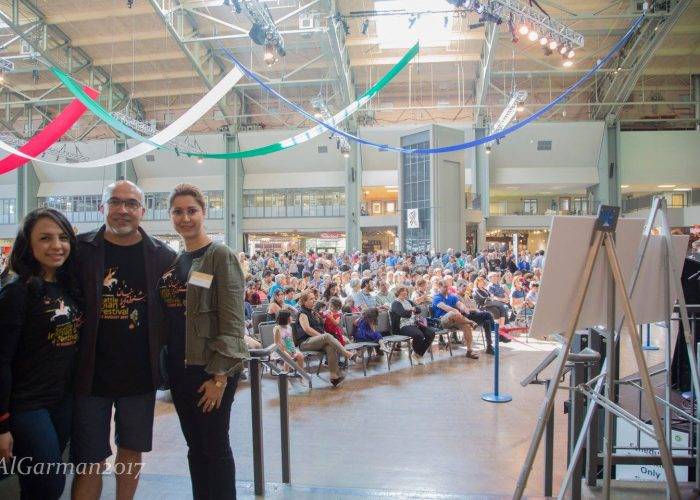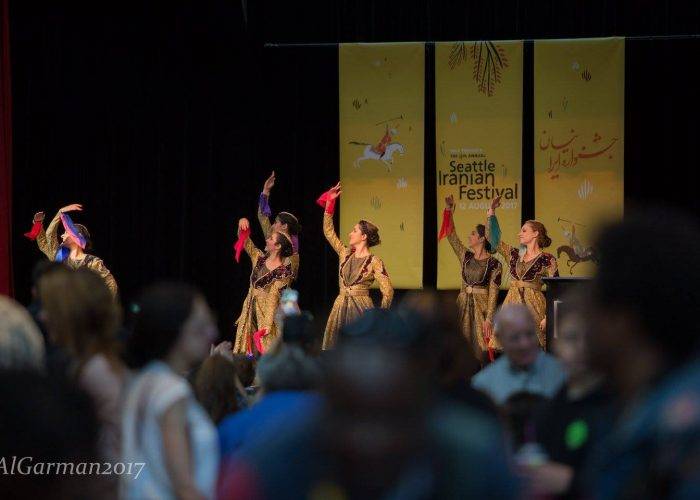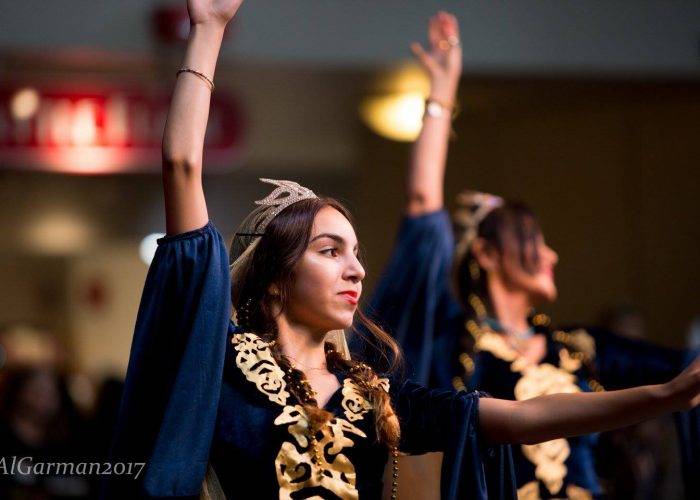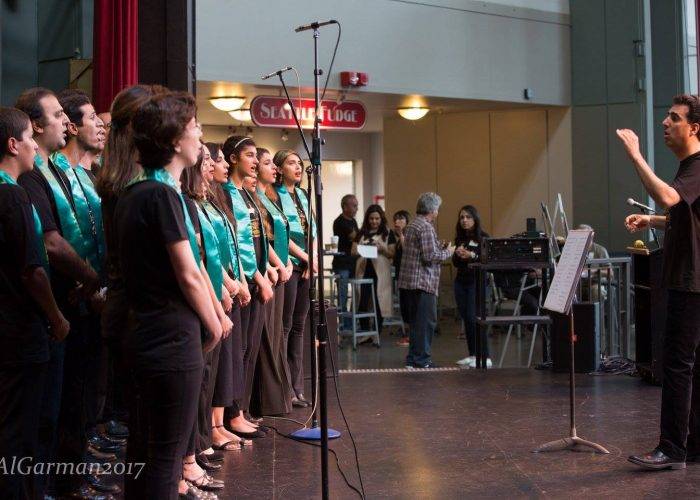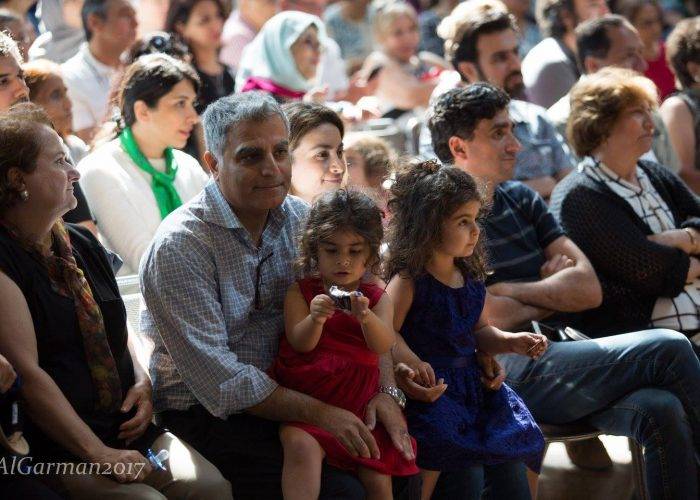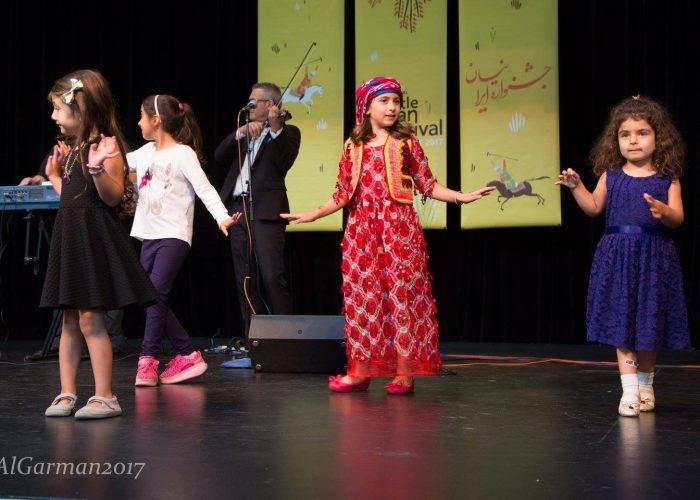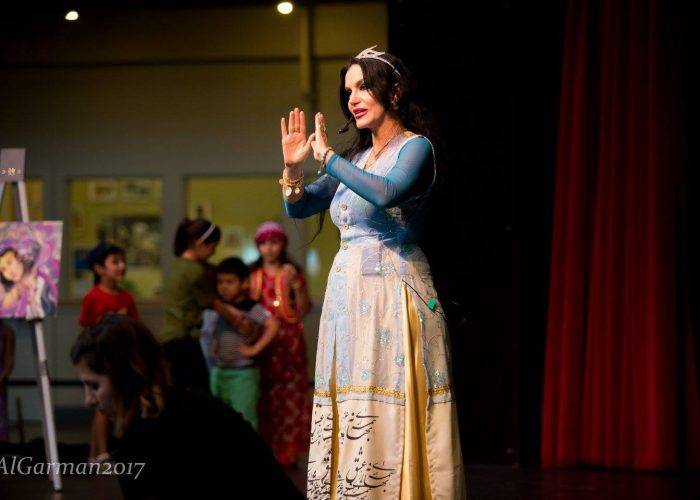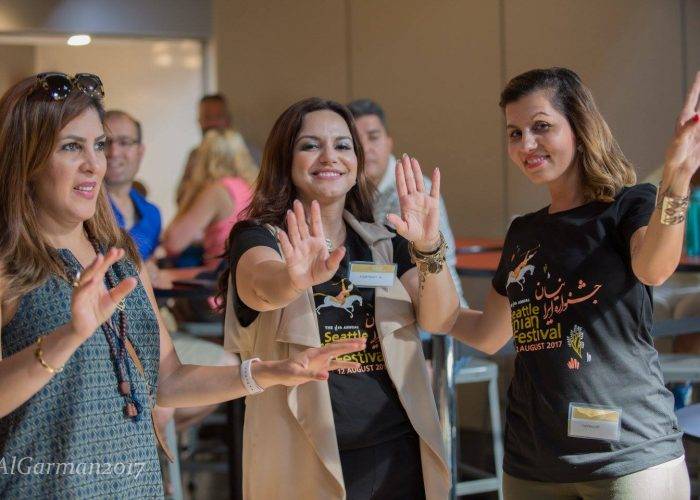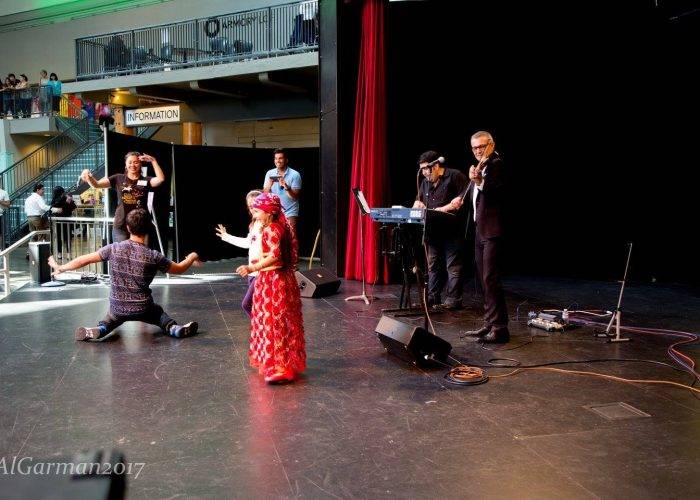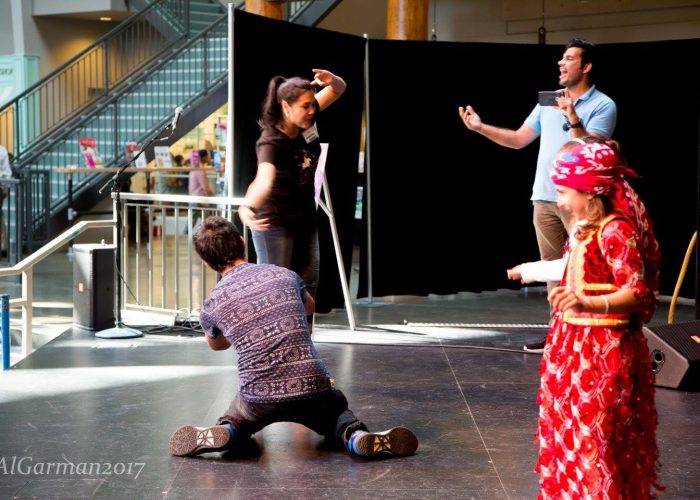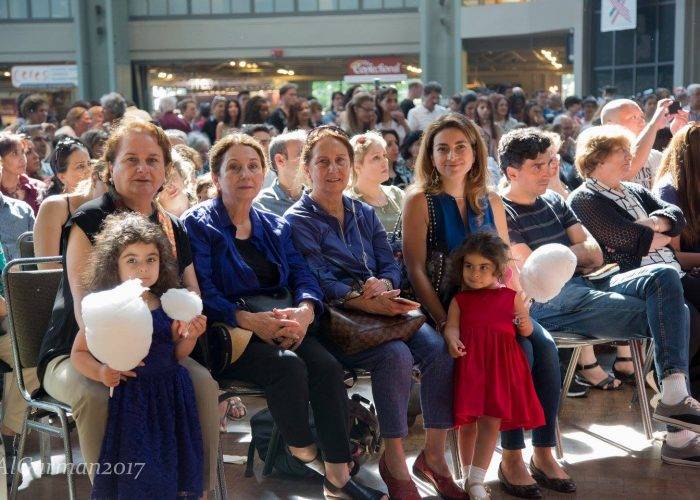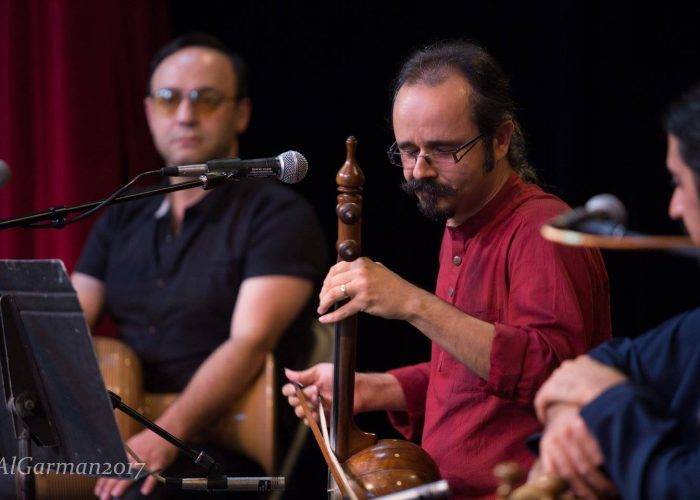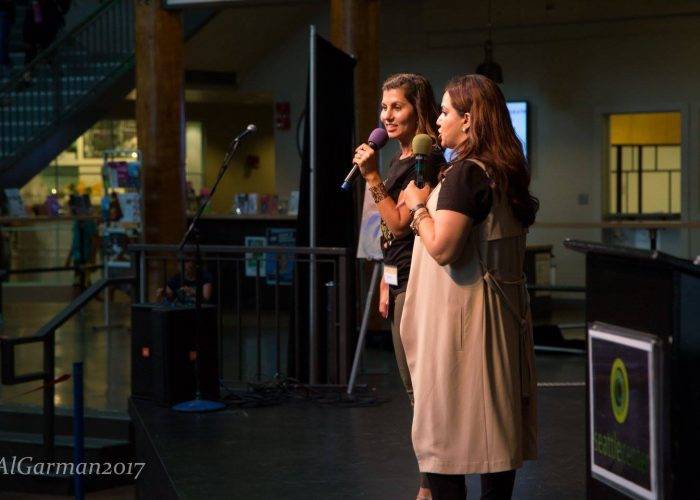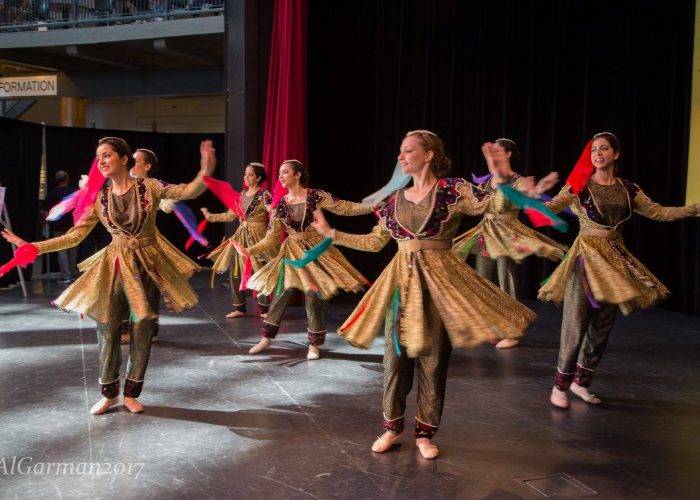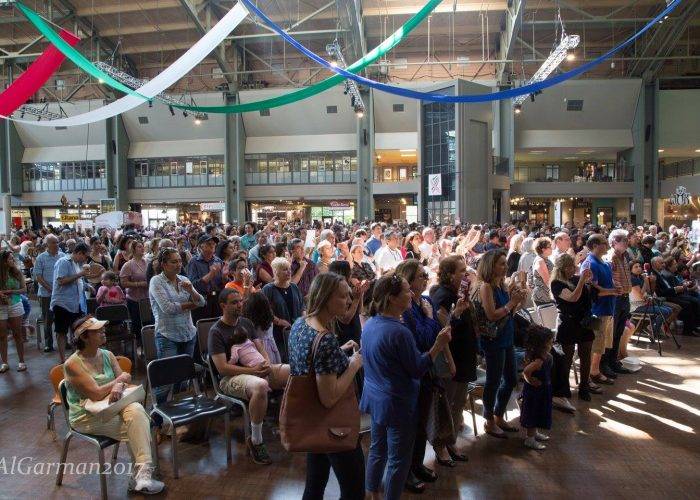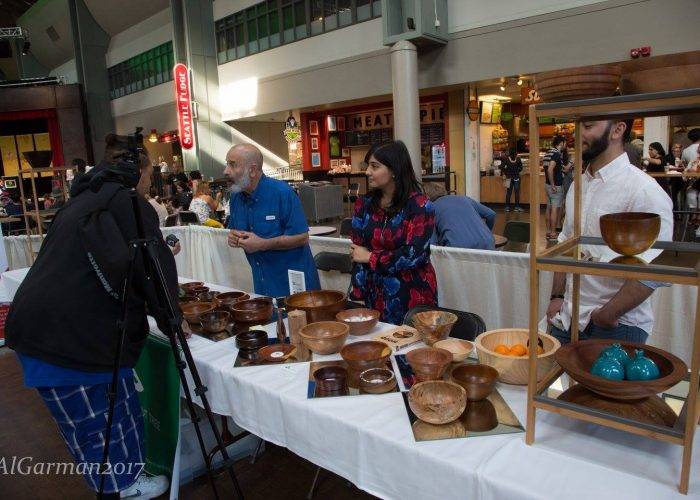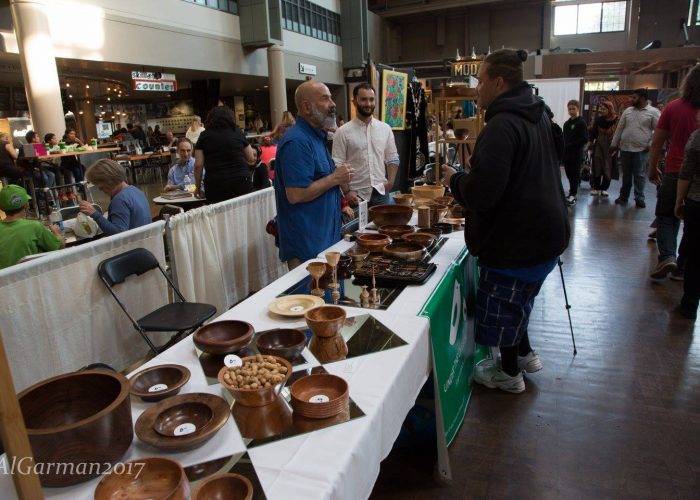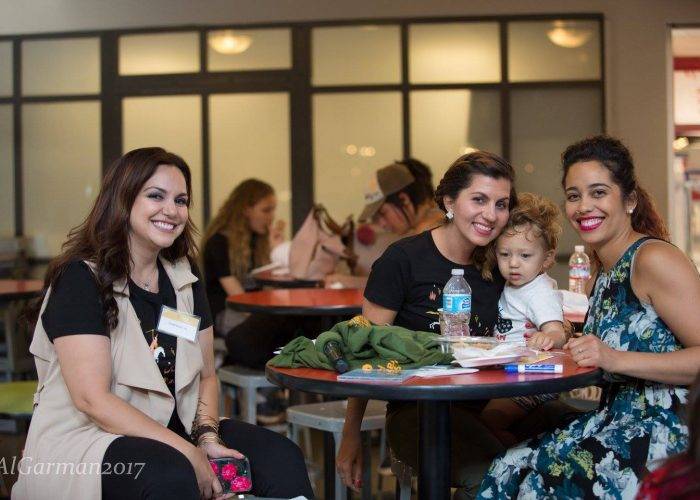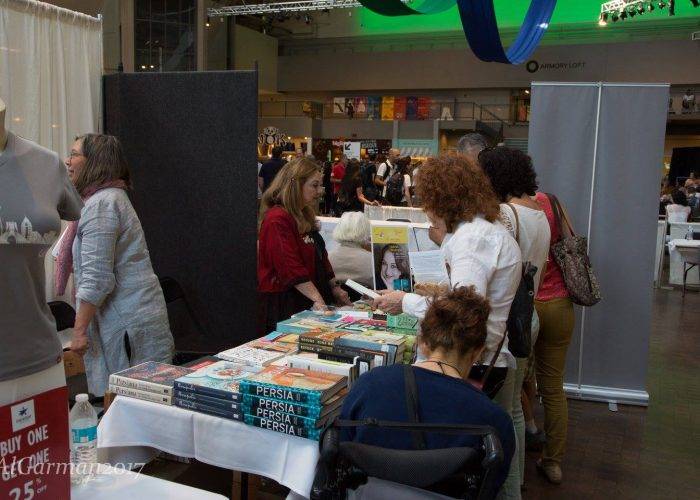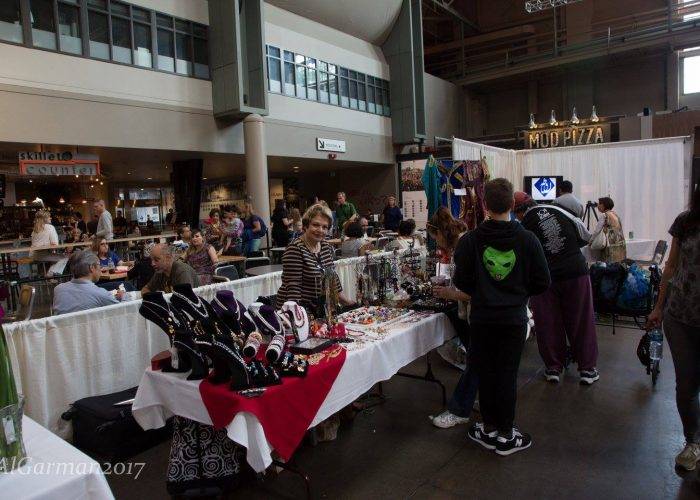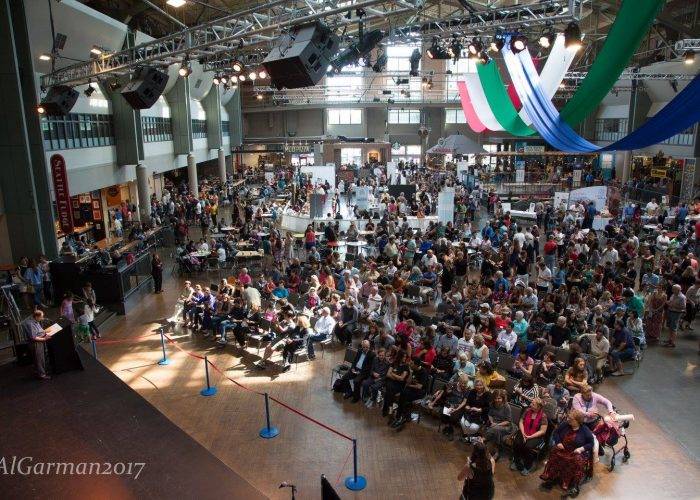Saturday seemed like a typical Summer day in Seattle with an overcast morning and a peek of sun only emerging a few moments before noon. But something was decidedly different about the Seattle Center, something seemed brighter about it. A steady stream of Persian and non-Persian faces poured into the Armory, where they were greeted by the scent of traditional Iranian cuisine—Gormeh Sabzi, pickled vegetables, and yogurt and the sounds of Iranian pop music. The Seattle Center Armory was transformed into what can only be described as an energetic hub of Iranian culture, food, music, history, and most importantly Gher.
Iranian Dance and Music
The festival opened on the main stage of the Armory, the upbeat celebratory music was infectious, the small crowd that gathered in the chairs beneath the stage tapped their feet, bopped their heads, and even clapped their hands to the music. Three members of the Karavan Dance Troupe glided onto the stage, their shimmery blue and pink tunic style dresses and pink scarves flowing as they moved around. Their magnetic energy expanded the crowd, and they were rewarded with loud cheers and whoops. The Gher was hitting maximum level but it didn’t stop there. The festival was graced by various Iranian artists such as Farzam Fattahi, who has played the violin for the past 50 years. For Farzam, performing at the Seattle Iranian Festival is an honor and an important part of his mission to bring the joy of music to as many people as possible. “The Seattle Iranian Festival is important to me because it’s an opportunity to teach everyone about the musical traditions of Iran,” Farzam said. “And of course, it’s important to bring the smile to everyone’s face. When you bring the smile and that positive energy to your music, you can feel it in the people watching.”
Iranian Nosh
As the day moved on, the crowd grew bigger and apparently got hungrier. The line for lunch was at least 20 people deep and almost touching the door, and it wasn’t just Iranians lining up for the variety of stews that offered a choice of lamb, beef, and veggies. The word is out—Iranians know how to cook. And there’s one Iranian who is one of the most celebrated chef’s and experts in Persian cuisine: Najmieh Batmanglij. Her six books were moving quickly as the crowd couldn’t get enough of them. Najmieh herself was pleasant and delightful as she greeted everyone warmly, with every single one of her admirers asking for an autograph. But this year’s attendees were in for a special treat, as Najmieh also presented a detailed and educational cooking demonstration. The room was filled—standing room only. Young, old, men, women, Persian and non-Persian alike filled every single chair and sprawled out on to the floor as they attentively watched Najmieh explain the fine details, tricks, and tips of making a dish go from good to scrumptious. Everyone wanted a taste of Najmieh’s cooking brilliance. But she wasn’t just offering good eats—she was also offering wisdom. She talked about the importance of sharing with each other despite differences and, most importantly, she talked about the similarities between all human beings. “We have more in common than we have different,” Najmieh said. “We must remember that. We must remember that we are more alike than different.”
Iranian History and Culture
One thing that the Iranian festival perfectly illustrated was the enormous amount of contributions that Iranians have made to human civilization. The festival included four history presentations that explored Iranian contributions to art, literature, governance, and science. Dr. Afshin Sepehri who works in computer science and is an Iranian history and culture buff, has spent years teaching the public about Iran’s hidden history. “For centuries, Iran has faced attacks from all sides,” Dr. Sepehri said. “And in all of that, we have forgotten a lot of our history. But now much of it is being rediscovered.” Dr. Sepehri hopes to share with the wider community how Iranians have contributed many innovations to humanity, such as algebra and an extremely accurate solar calendar.
Iranian People
While the history presentations, cultural explorations, music, and dance of the Seattle Iranian Festival was powerful and moving—and the food was delicious—it was the people who breathed life into the space. Famous and influential people such as Mariam Khosravani, the Founder & President of the Iranian American Women Foundation, Cyrus Habib, the first Iranian-American elected to state office in the United States, and Zohreh Ghahremani, the award-winning author of two fiction books. Omid Vahabnejad was also there, being the founder of a Persian cultural group known as the Bellevue College Persian Association, and I met Maryam Hosseini, who was born and raised in Iran until the age of 16. Maryam has been involved in the Iranian American Community Alliance (IACA) and the Seattle Iranian Festival for three years. For her, the IACA is like family, and a true home away from home, and she serves as one of the emcees for the festival. Maryam originally got involved with the festival because she thinks it’s an important way to connect Iranians to their cultural heritage, and to help the wider community learn more about Iranian people. “A huge part of being an American is being able to celebrate who you are and what you are,” she says. “I get to show people where I come from but to also show how I’ve evolved as an American.”
Founded in 2005 by Ali Ghambari, the IACA has been organizing the Seattle Iranian Festival for eleven years. For people like Yasaman Ghavami, who has served as a booth organizer for 5 years, the festival represents the Iranian community’s past and its future. When speaking of the people who are visiting the festival for the first time or the eleventh, she says, “When they walk through the door, I want them to feel they can leave all the negative things at the door.” And leaving all the negative things at the door shouldn’t be difficult when greeted by the warmth of the festival’s community.
Photos by Al Garman


